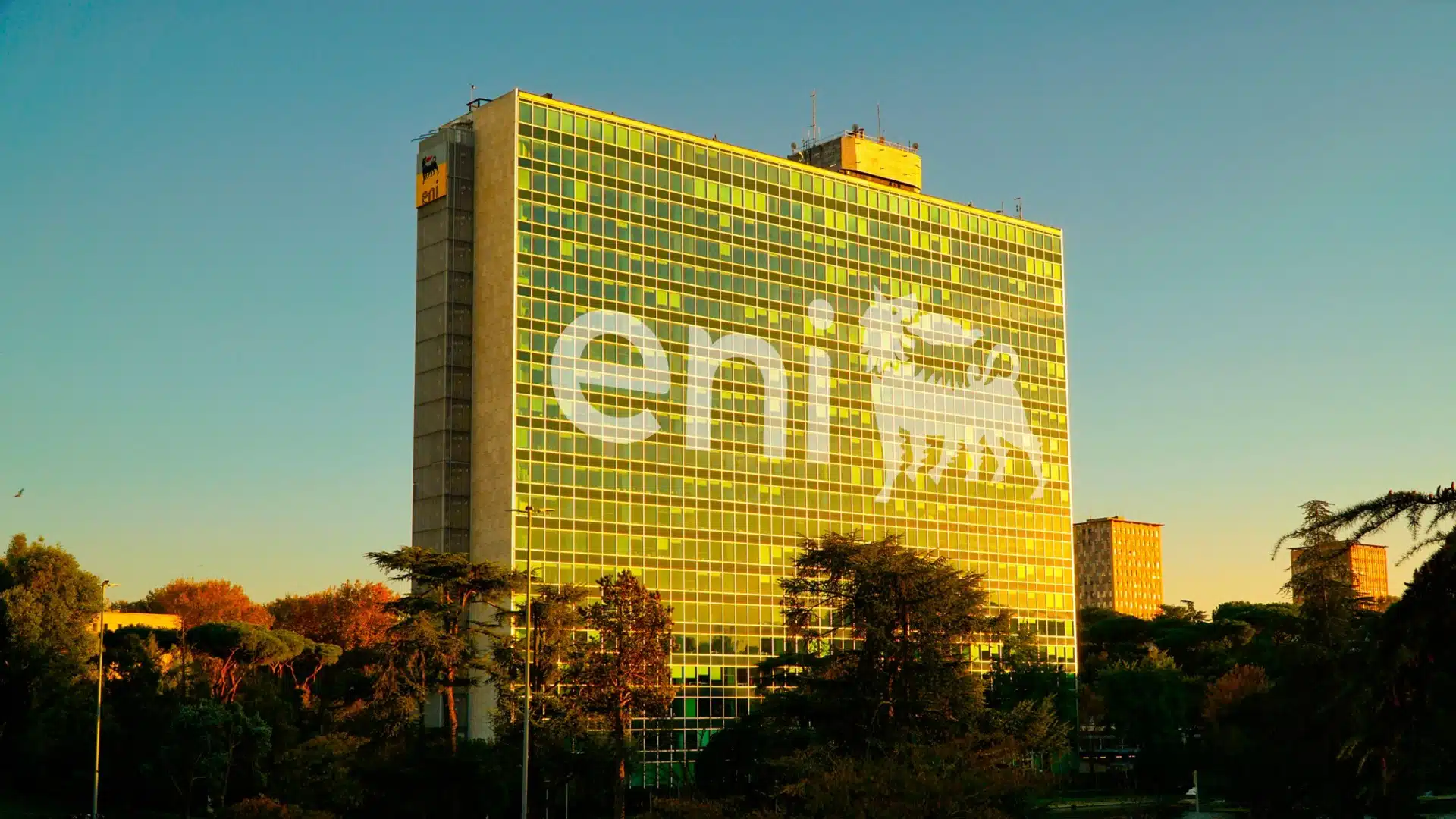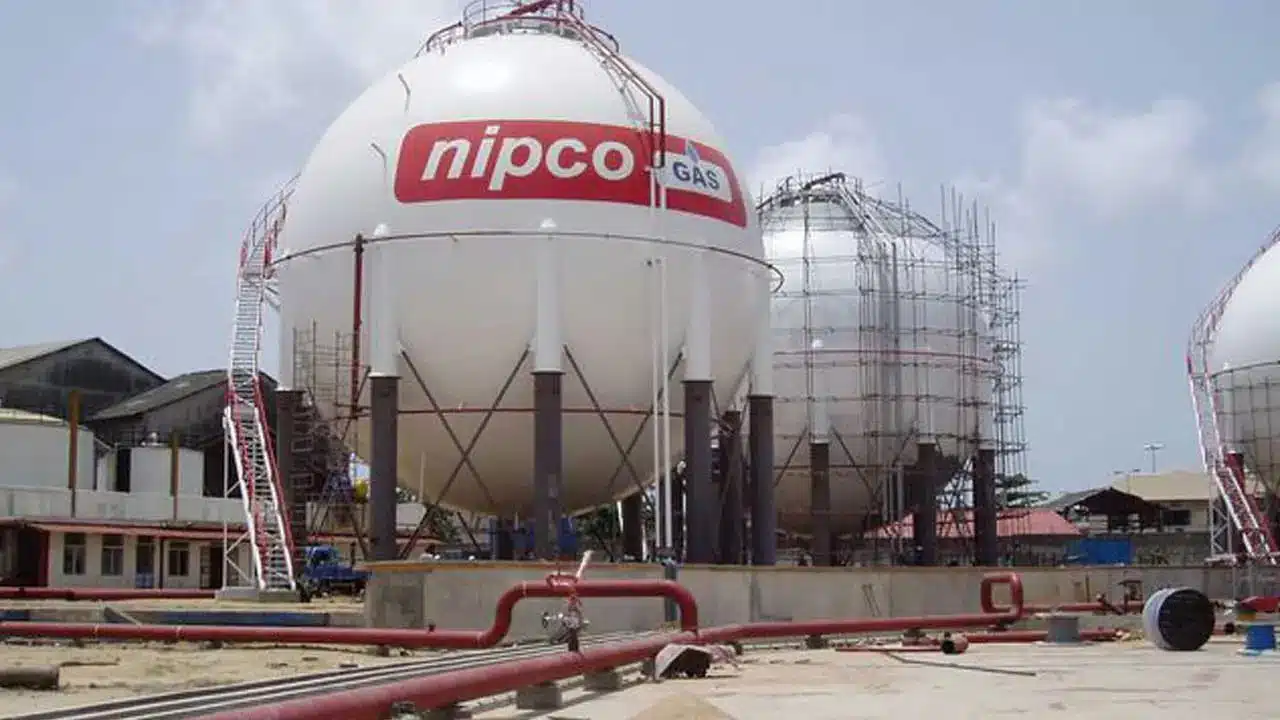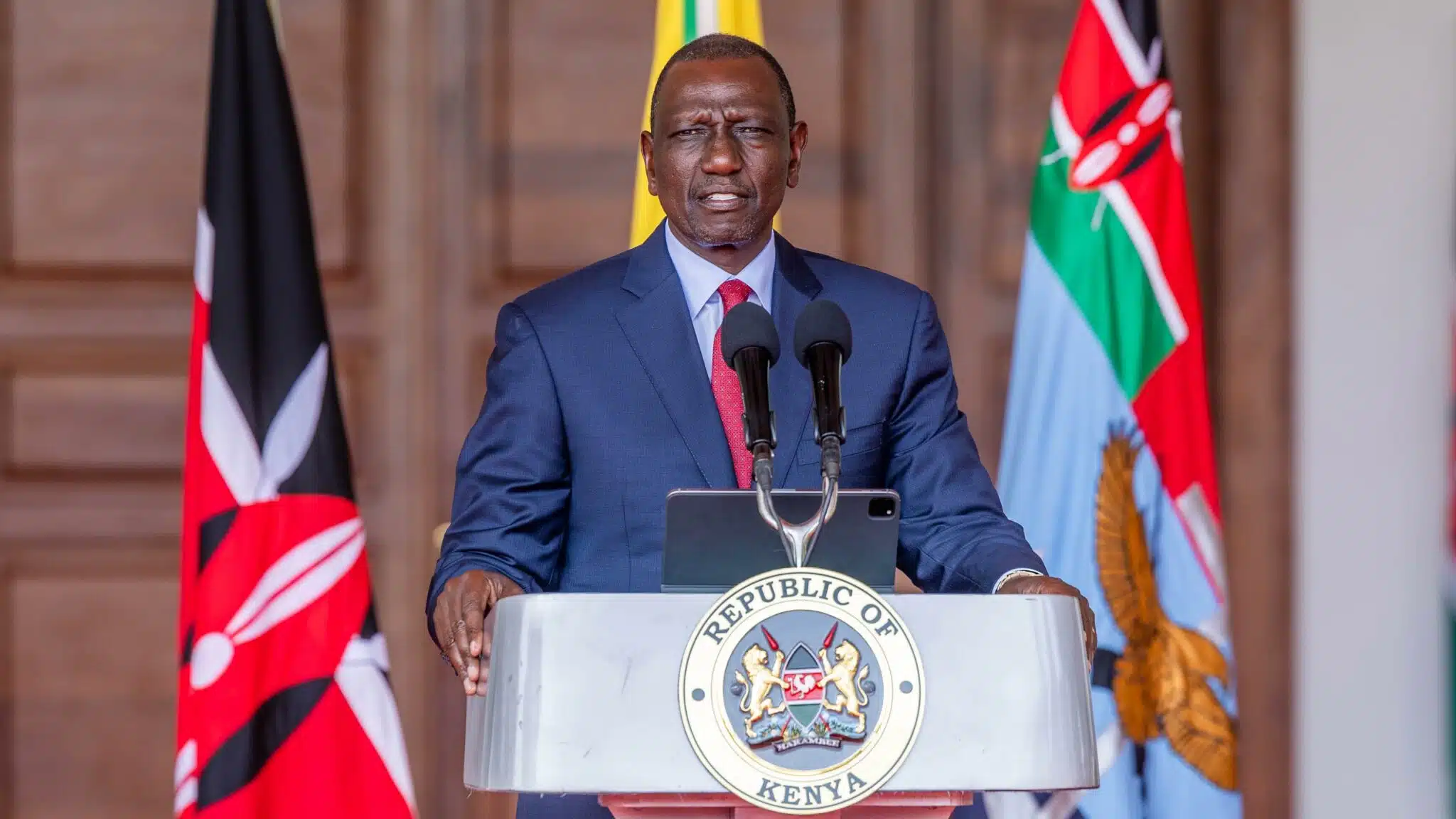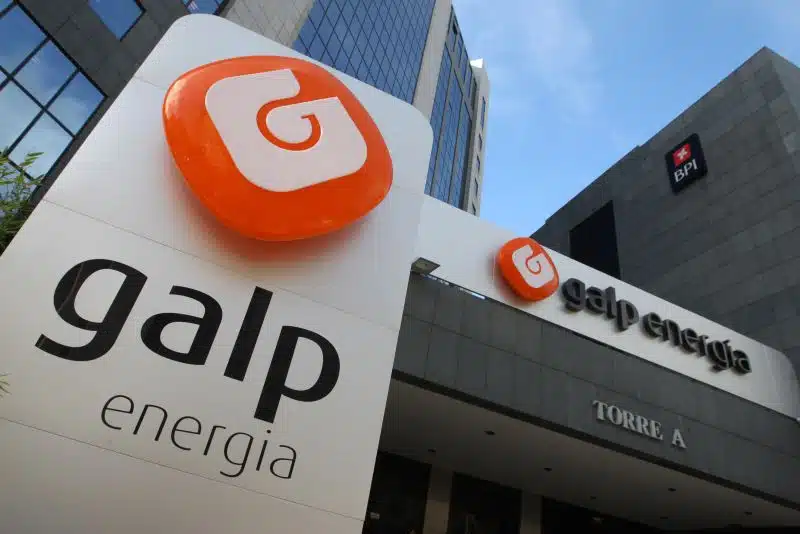Oil prices slipped on Monday following a weekend decision by the Organisation of the Petroleum Exporting Countries and its allies (OPEC+) to accelerate the easing of output cuts, raising concerns about rising supply in a market already struggling with fragile demand.
The decision, which marks the second consecutive month of faster output hikes, saw Brent crude futures fall by 87 cents, or 1.42%, to $60.42 per barrel.
U.S. West Texas Intermediate (WTI) crude also dropped 92 cents, or 1.58%, to $57.37. Both benchmarks hit their lowest levels since April 9 at the start of the trading session.
OPEC+ agreed to raise production in June by 411,000 barrels per day (bpd), bringing the total additional supply from April to June to 960,000 bpd.
This accounts for about 44% of the 2.2 million bpd in voluntary cuts that had been in place since 2022, according to Reuters estimates.
The group’s decision follows growing pressure from Saudi Arabia, which has reportedly pushed for a faster unwinding of output cuts due to poor compliance by some members, notably Iraq and Kazakhstan.
Sources within the bloc told Reuters that Saudi Arabia’s push to increase output is intended not just to stabilise the market, but also to penalise members that have continued to overproduce despite agreed limits.
“The production increase, instigated by Saudi Arabia, is as much about challenging U.S. shale supply as it is to penalise members that have benefited from higher prices while flaunting their production limits,” Ole Hansen, an analyst at Saxo Bank, said.
There are indications that if compliance issues persist, the group could fully roll back all voluntary cuts by the end of October.
Analysts say the output boost adds more uncertainty to an already shaky oil market. The weakening global economic outlook, fears of a recession, and softening demand for refined fuels continue to pressure prices.
“The oil market has been dealing with significant demand uncertainty amid tariff risks. This change in OPEC+ policy adds to uncertainty on the supply side,” ING analysts led by Warren Patterson noted in a research note.
This sentiment was also reflected in price structures.
The premium between the front month Brent crude contract and the six month forward contract narrowed to just 10 cents per barrel, down from 47 cents in the previous session.
Earlier in the day, the curve briefly flipped into a con-tango structure where future prices are higher than spot prices indicating growing expectations of oversupply.
Barclays and ING have both revised their price forecasts downward in response to the OPEC+ decision.
Barclays cut its 2025 Brent forecast by $4 to $66 per barrel and its 2026 forecast by $2 to $60.
ING now expects Brent to average $65 per barrel in 2025, down from a previous estimate of $70.
Adding to bearish sentiment, David Wech, chief economist at energy analytics firm Vortexa, reported a notable build up in global crude inventories. “Since mid February, we’ve seen an approximate 150 million barrel increase in global crude stocks, both in onshore storage tanks and on tankers at sea,” he said.
Analysts say that unless demand recovers or OPEC+ alters course again, the combination of rising supply and a weak global economy could continue to put downward pressure on prices in the near term.









